Share
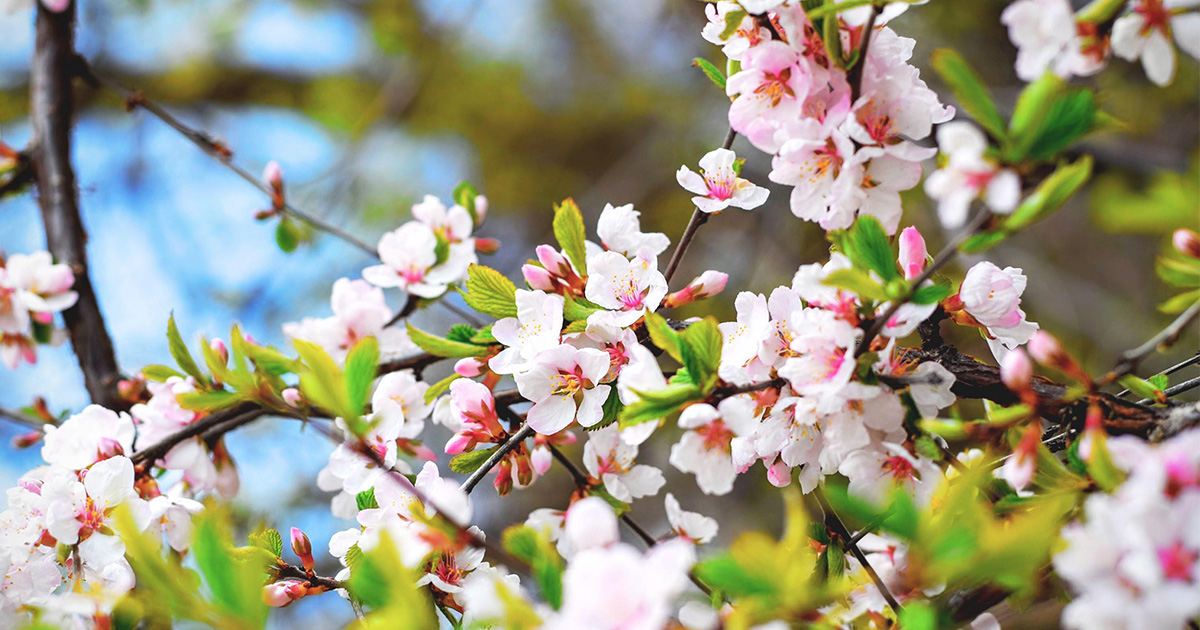
Growing for Your Kitchen: Fruit Trees in a Small Yard
As you’re looking out over your garden, you might be wondering “Where can I fit a whole fruit tree?” Just because you have a smaller garden doesn’t mean you have to go without fresh, homegrown fruit! So what’s the answer? Well, we have a couple for you below.
Multi-grafted Fruit Trees
So what is a multi-grafted fruit tree? Well let’s start at the beginning. Grafting is the process of placing one type of tree or plant onto the stem or stalk of another in a way so that both continue to grow. A multi-grafted fruit tree is a tree that consists of at least two different types of fruits on the same trunk. Typical examples include combination pear and apple trees. Multi-grafted Fruit Trees provide several benefits: they pollinate themselves, they don’t all fruit at the exact same time (so they don’t overwhelm you with fruit), and they take up less space than having an individual of each type of tree.
Espaliering Fruit Trees
We know it sounds technical and a little intimidating but we promise it isn’t! Espaliering is an age-old technique (it dates as far back as the Romans!) used by farmers that involves training the tree along a trellis. Planting or creating espaliers along a fence line can free up valuable garden space for more fruit trees or other plants. Espaliering also allows for easier harvesting since the fruit is easily presented due to the trellising shape.
To create an espalier tree, start by pruning of anything that doesn’t grow flat. Then selectively thin and train what’s left to space the fruiting wood. You can espalier most fruit trees, but apples and pears lend themselves to this type of pruning better than other varieties.
Pruning is Key!
Most types of fruit trees need to be pruned each year to stimulate new fruiting wood and to allow sunlight between the branches to help the fruit ripen better. Consistently pruning dead and diseased branches helps keep up your overall tree’s healthy and deters pests and other diseases from affecting your tree. Also, if you prune consistently, it will be much easier to keep the tree at a manageable or desirable height.
At the heart of small-yard-orchard planning is the concept of summer pruning. By pruning at the same time you are thinning your crops, you will be better able to distinguish the kind of wood on which the tree sets fruit. You won’t accidentally prune off any fruit because you can see it, and the new growth is always above the fruit. Although it may feel counter-intuitive, reducing the size of your tree canopy will help keep your tree to a manageable size.
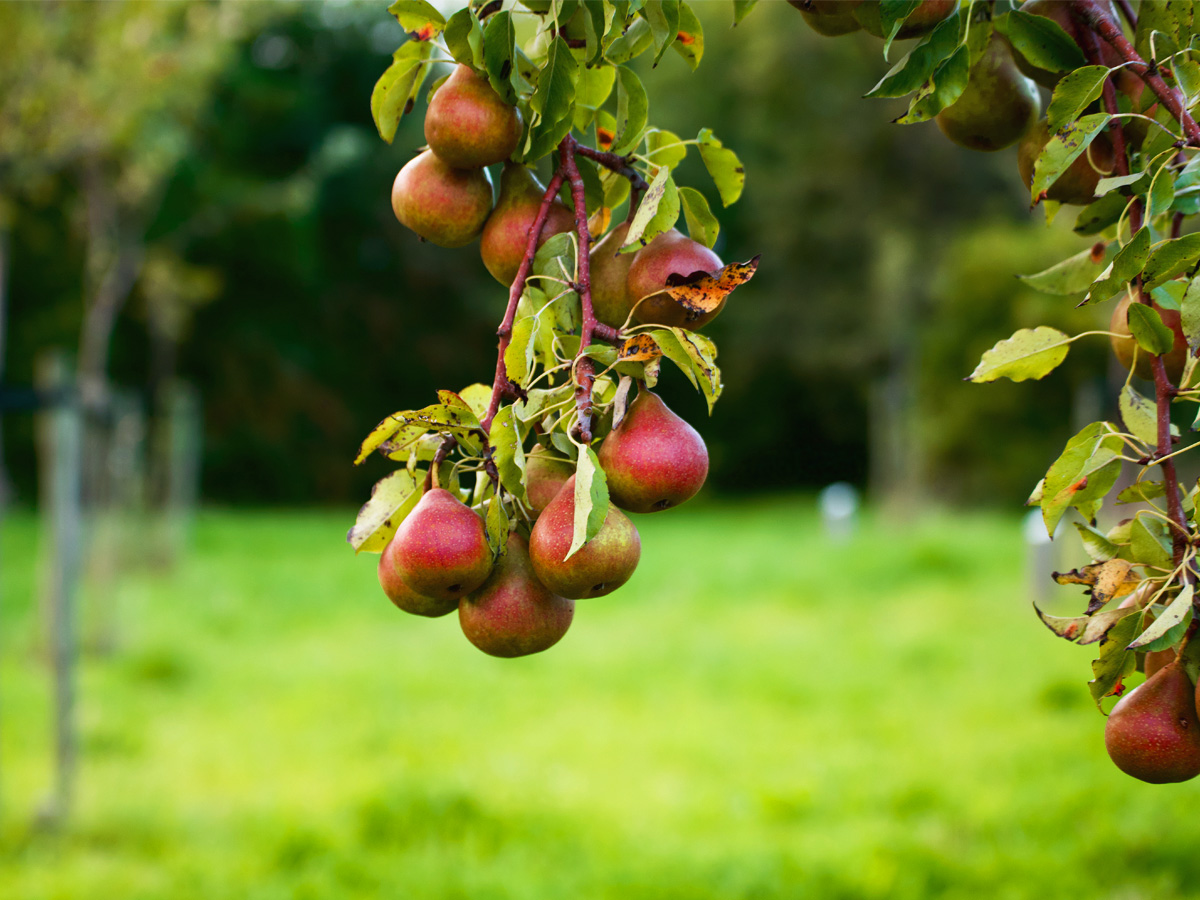
So as you can see, a small yard doesn’t mean a smaller garden selection. You can increase the variety of fruit, vegetables and plants in your garden just by using your space wisely. Besides, variety is the spice of life right? A garden full of variety helps protect from mass pest infestations and invites a variety of beneficial bugs, wildlife and nutrients to the soil.
Check out any of our locations and our online store to see what types of fruit trees you can plant today!
Share
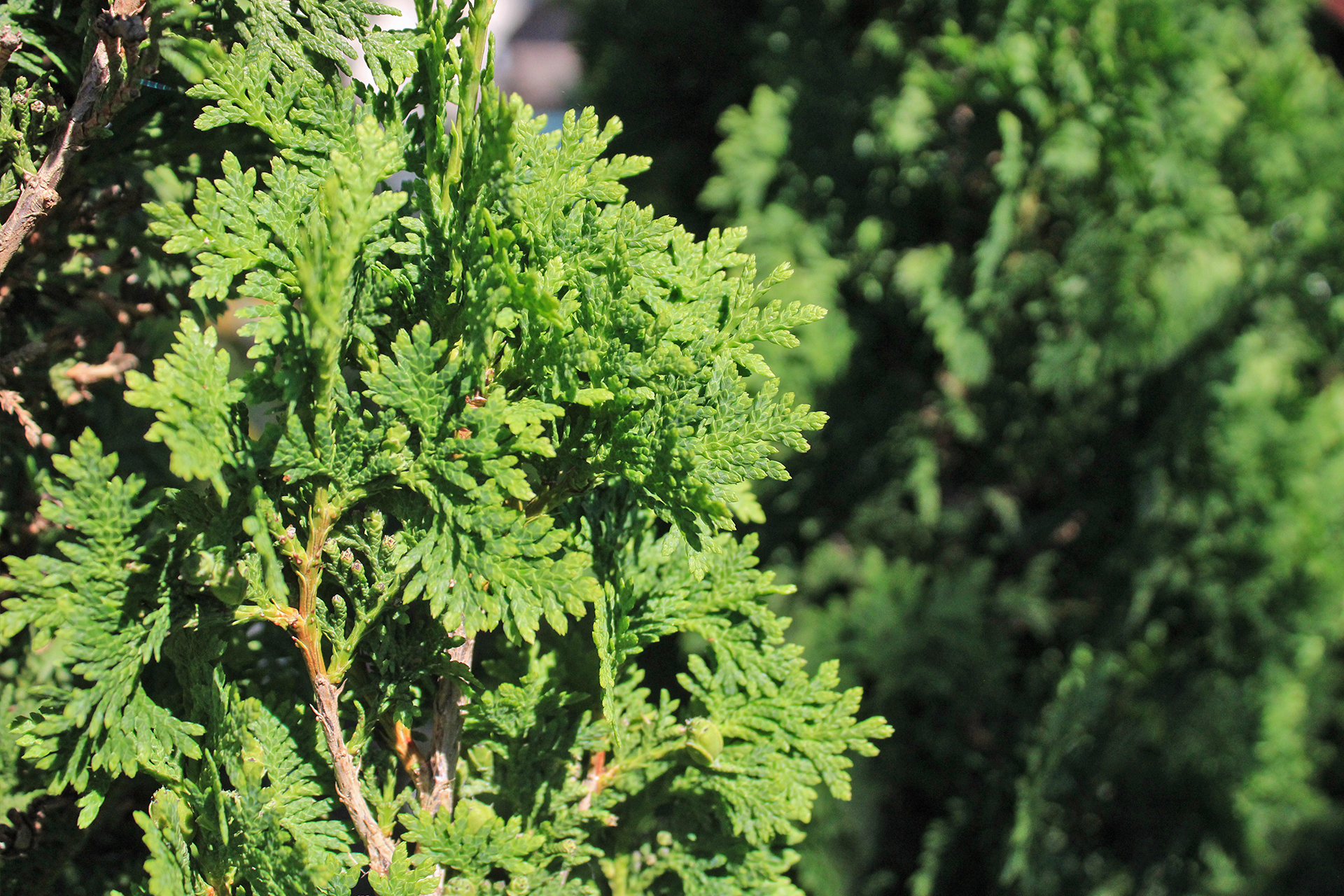
Regular care and preventative measures can keep your evergreens healthy and vibrant through the winter months.
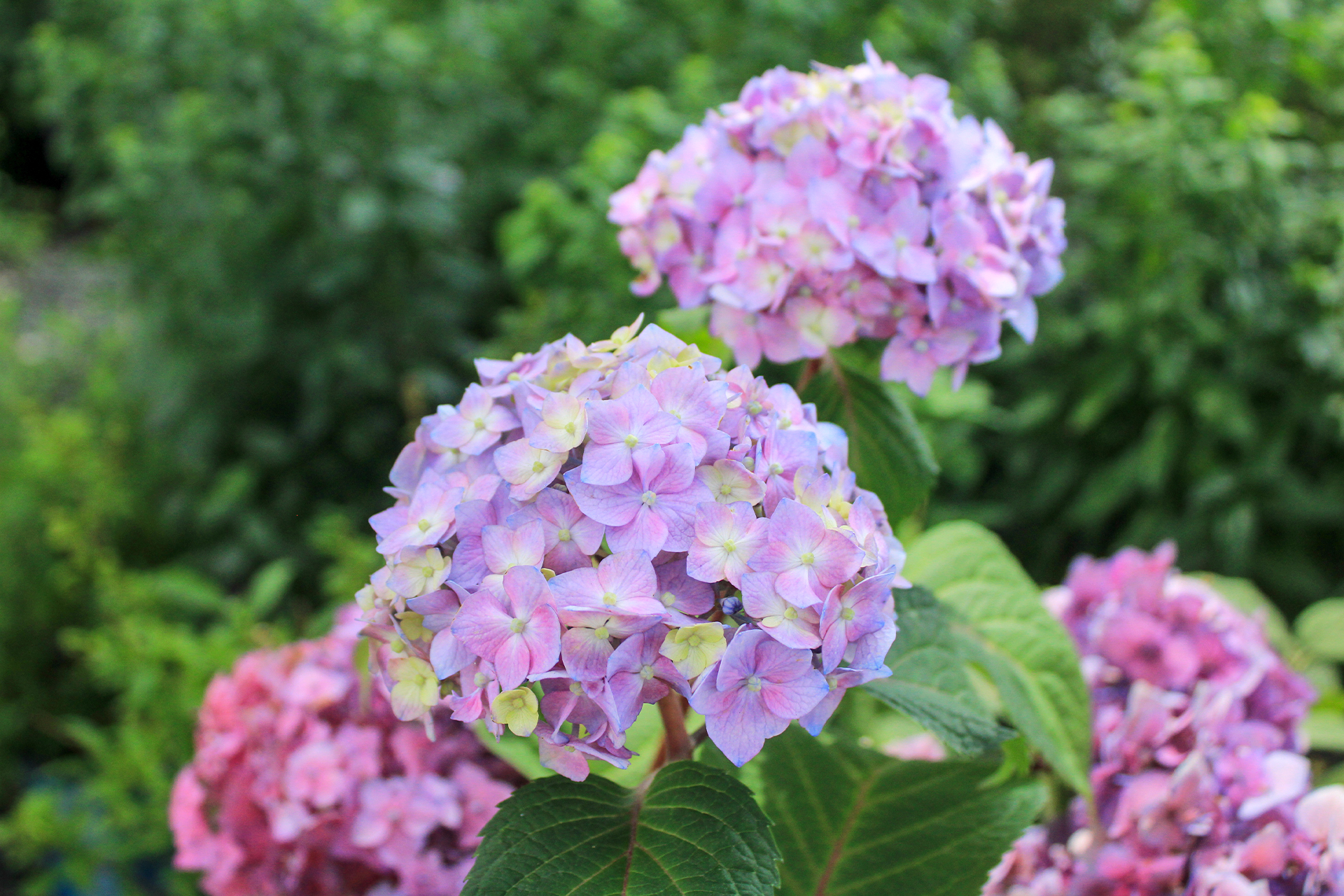
By understanding the specific needs of each hydrangea variety, you can ensure they thrive and continue to enchant with their seasonal displays year after year.

Exciting news for residents of Sparks, Nevada! The city has launched a wonderful initiative to enhance green spaces and beautify neighborhoods by giving away free Moana Grown trees
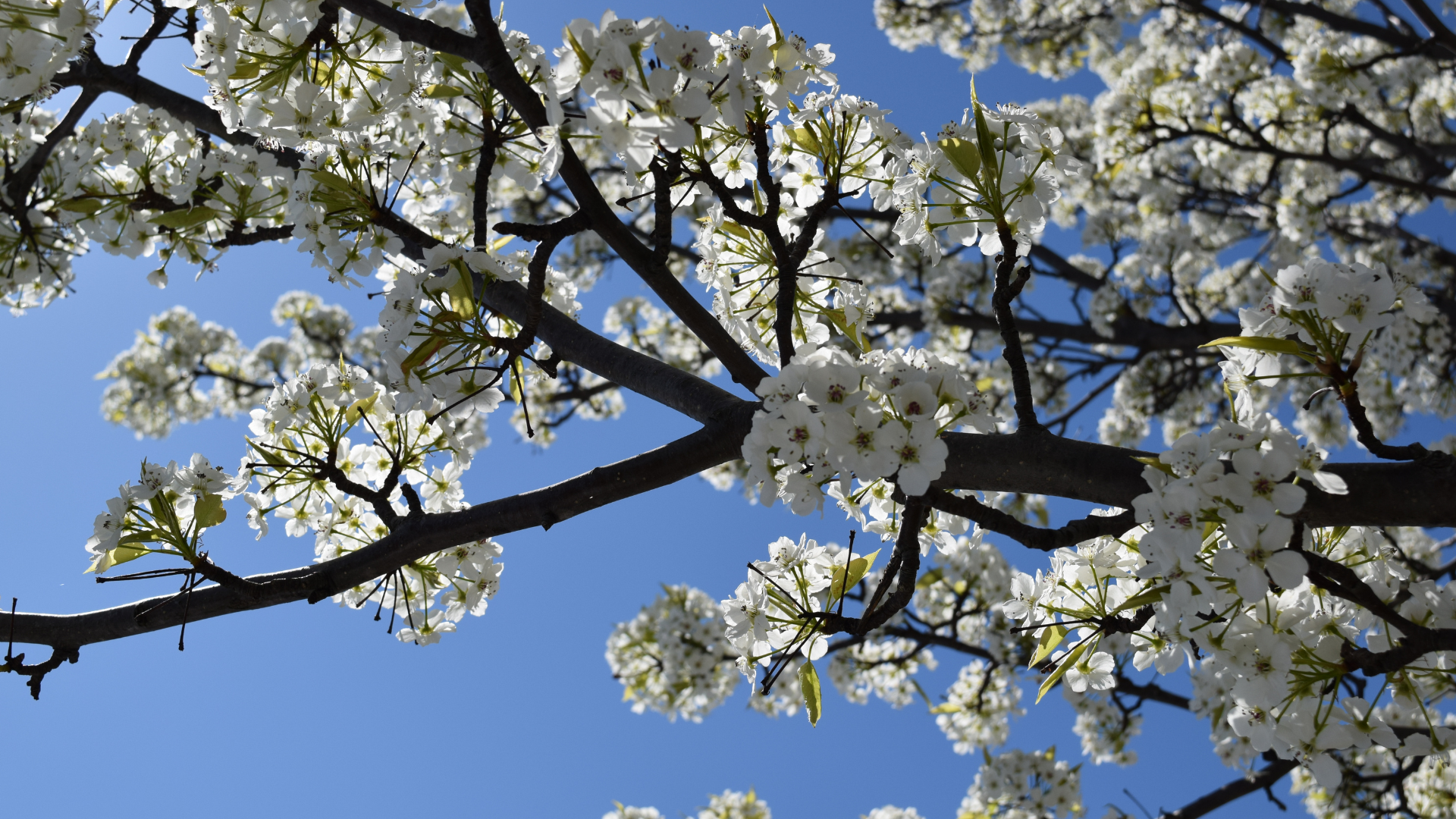
Embracing Evolution: Why Chanticleer and Redspire Pear Trees Outshine Their Ancestral Bradford Pears
